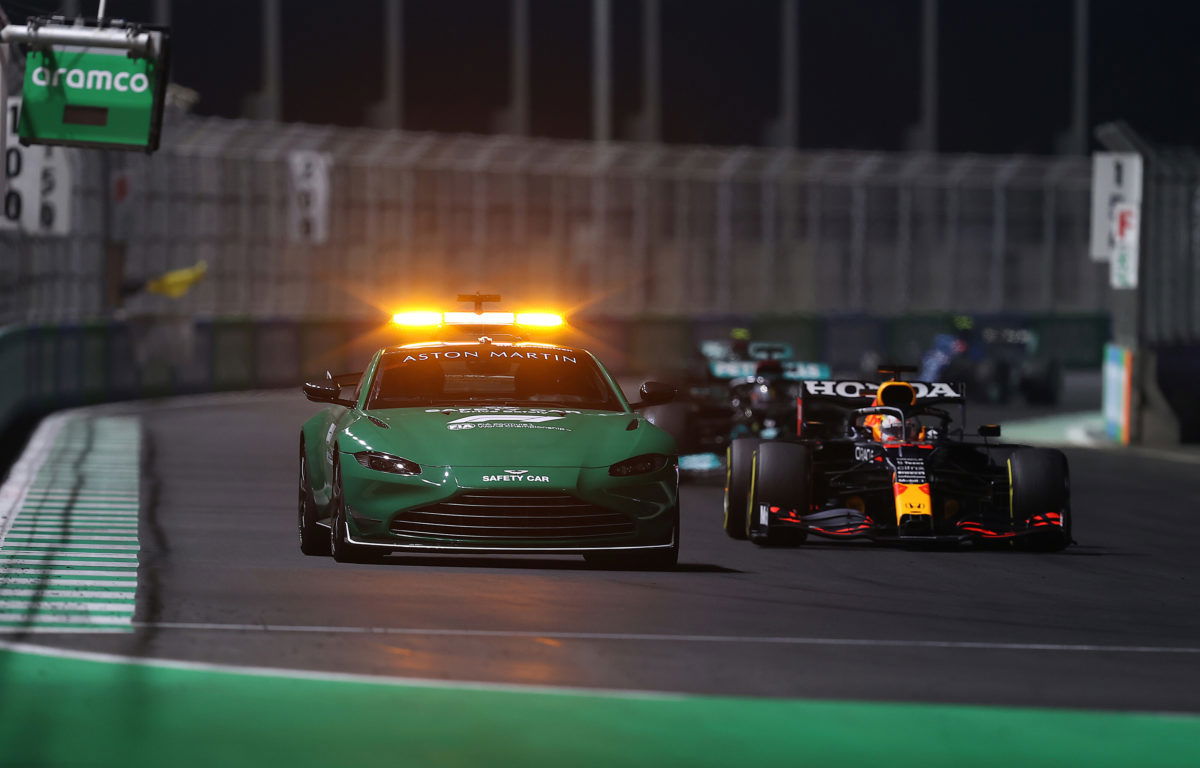
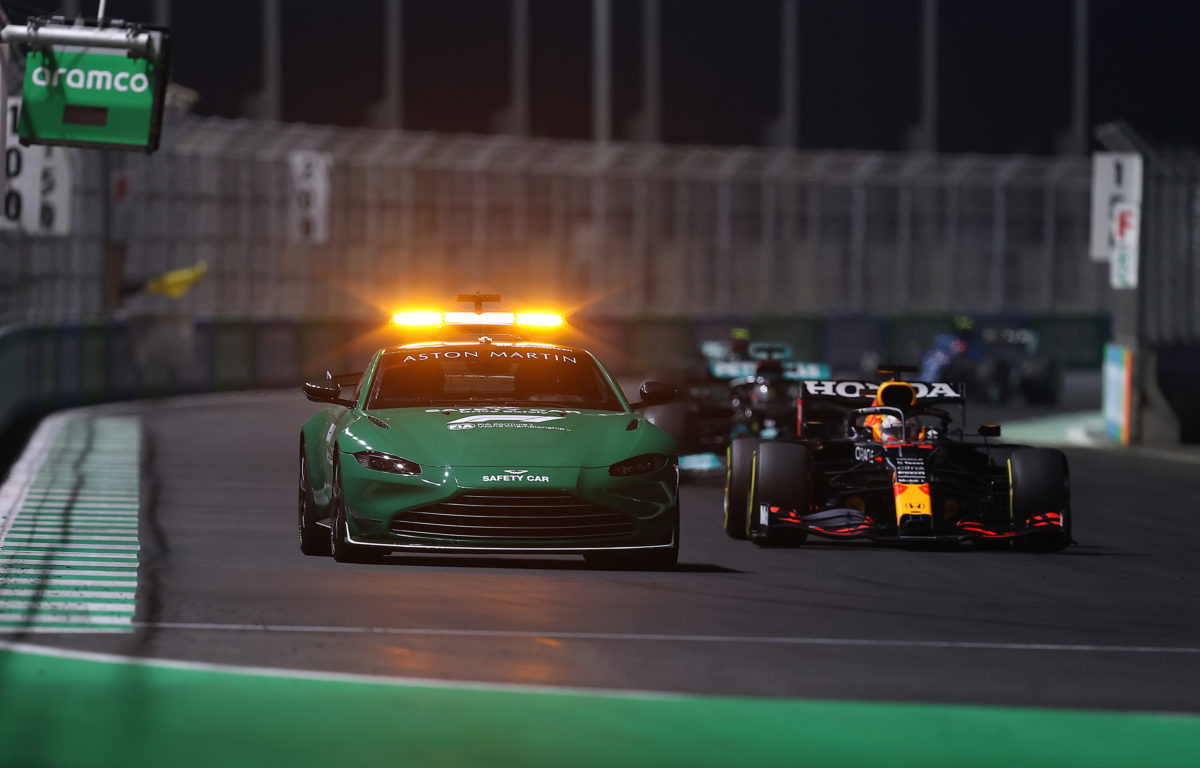
An updated version of the Formula 1 Sporting Regulations contains a number of key changes ahead of the 2022 season starting this weekend.
Chief among the changes is how the regulations now cover the use of the Safety Car and, specifically, lapped traffic.
Previously, the regulations stated that ‘any’ lapped cars needed to be waved by the leader.
However, following the drama which surrounded the way lapped traffic was allowed by the Safety Car at the Abu Dhabi Grand Prix last year, that has now been changed to ‘all’ cars.
Article 55.13 of the Sporting Regulations now reads;
If the clerk of the course considers it safe to do so, and the message “LAPPED CARS MAY NOW OVERTAKE” has been sent to all Competitors using the official messaging system, all cars that have been lapped by the leader will be required to pass the cars on the lead lap and the safety car.
It’s a subtle difference but one which removes room for interpretation from Race Control moving forward.
It’s one of a host of changes, the bulk of which are minor changes to wording or amendments due to the changing of article numbers throughout the 101 page document.
However, there are a number of other interesting points, some of which are known and others which are not.
While during the year it’s known that teams will need to field a young driver at some point, the rules around which session have been eased.
Previously, they were limited to running in Free Practice 1. However Article 32.5 (in conjunction with 32.4) opens the door for that to be either the first or second practice session.
It’s a logical change in the context of the Sprint Qualifying format, where Free Practice 1 is the only session prior to qualifying.
The team’s regular driver could thus compete in Free Practice 1, Qualifying, and then hand the car over to a young driver for Free Practice 2 – should a team wish to run a young driver in that instance.
Changes have also been made to the application of grid penalties, which previously saw the grid drawn up and then redrawn with each the application of each penalty in chronological order.
For 2022, the grid will be drawn up following qualifying and then all penalties applied, with preference going to the driver who qualified highest should there be multiple needing to start the race from the back of the grid.
Also now included are the amended points structure for shortened races and the non-awarding of points should the leader have not completed more than two laps free from the Safety Car (or Virtual Safety Car).
Last year’s Belgian ‘Grand Prix’ is the shortest on record, having officially met the two lap requirement to count for half points despite those being carried out behind the Safety Car.
Teams are now obliged to make their cars available post-qualifying, with five set to be chosen to have their major aerodynamic and bodywork components updates explained to the media. It follows a similar display pre-event.
Also notable is a change in the language used regarding FIA Super Licences, with Article 1.1 omitting the world ‘Super’ to now read “…must hold the appropriate FIA Licences…”
It’s believed this is to sidestep a potential loophole where drivers with a licence from an ASN which is currently suspended could continue to compete using a Super Licence – which a local governing body cannot block.
Limitations have been placed on the holders of licences issued by the Russia Automobile Federation and Belarus Automobile Federation by a number of national governing bodies globally, including Motorsport UK and its German equivalent.
As revealed by Speedcafe.com, Motorsport Australia opted against blocking licences and instead called on the government to limit entry to the country for Russian and Belarusian nationals in conjunction with the Formula 1 Australian Grand Prix.
The 2022 Formula 1 season gets underway this weekend with the Bahrain Grand Prix, opening practice for which commences at 23:00 AEDT on Friday.

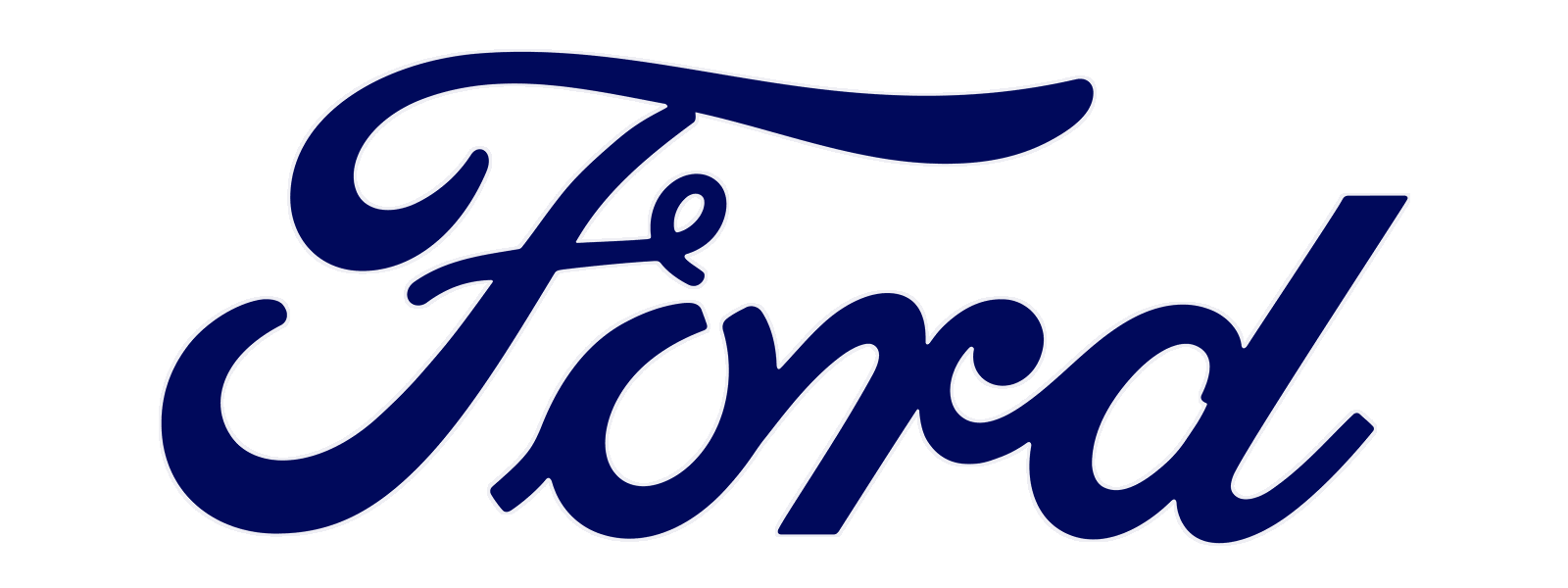
















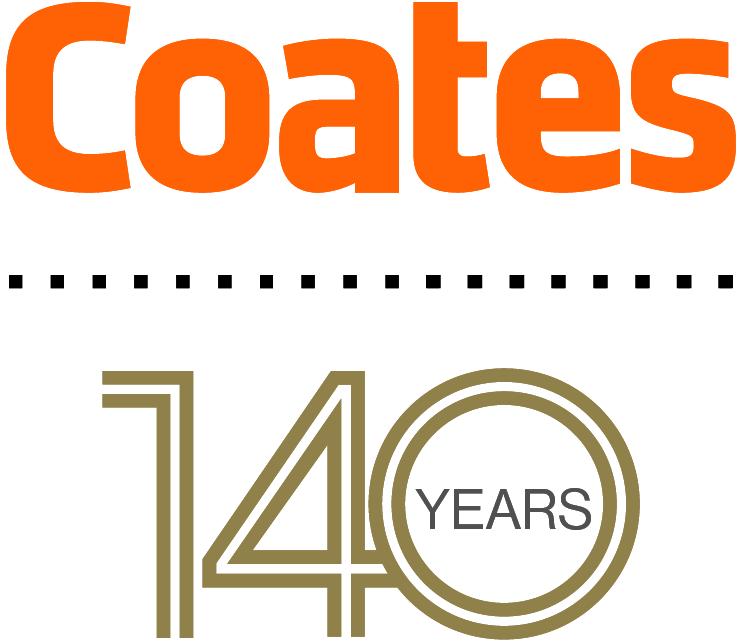


Discussion about this post